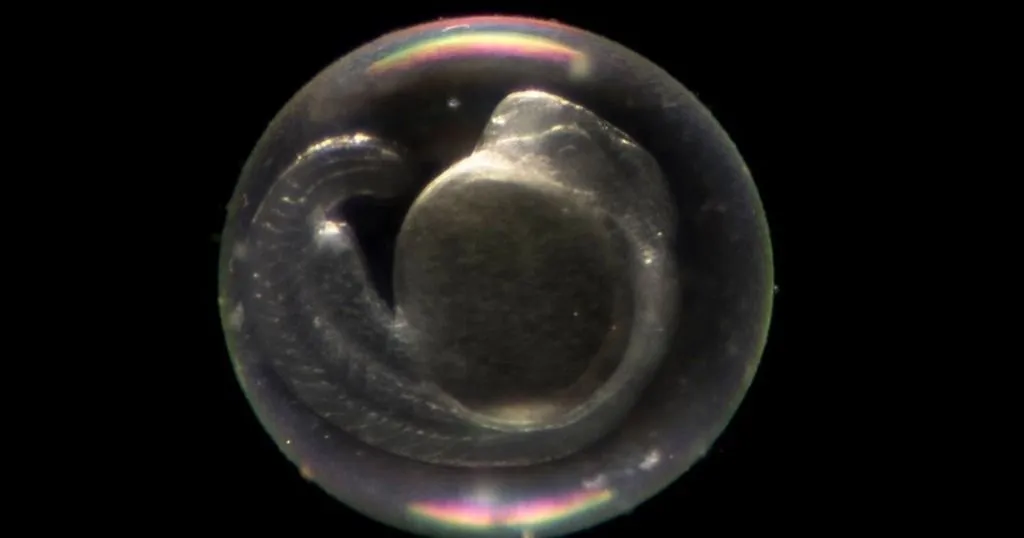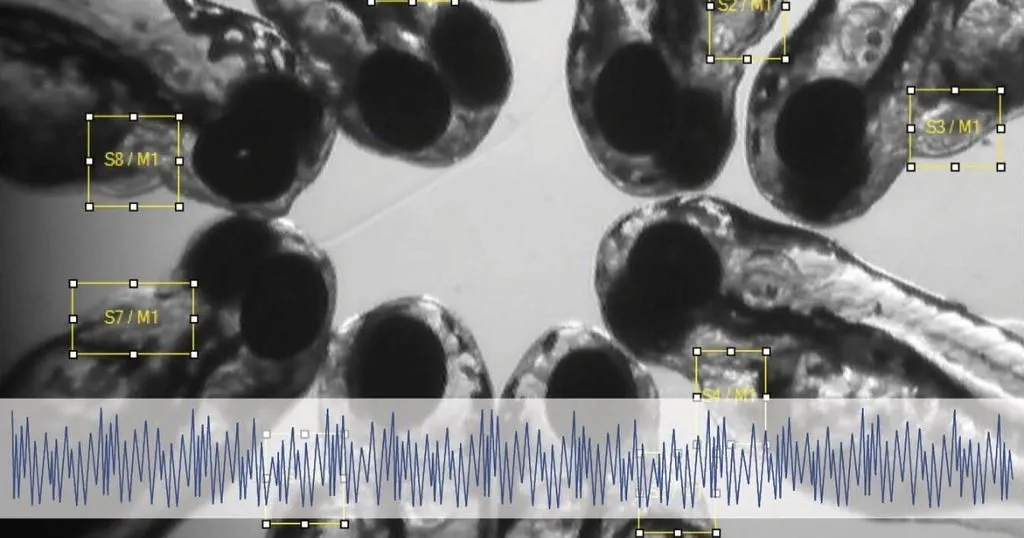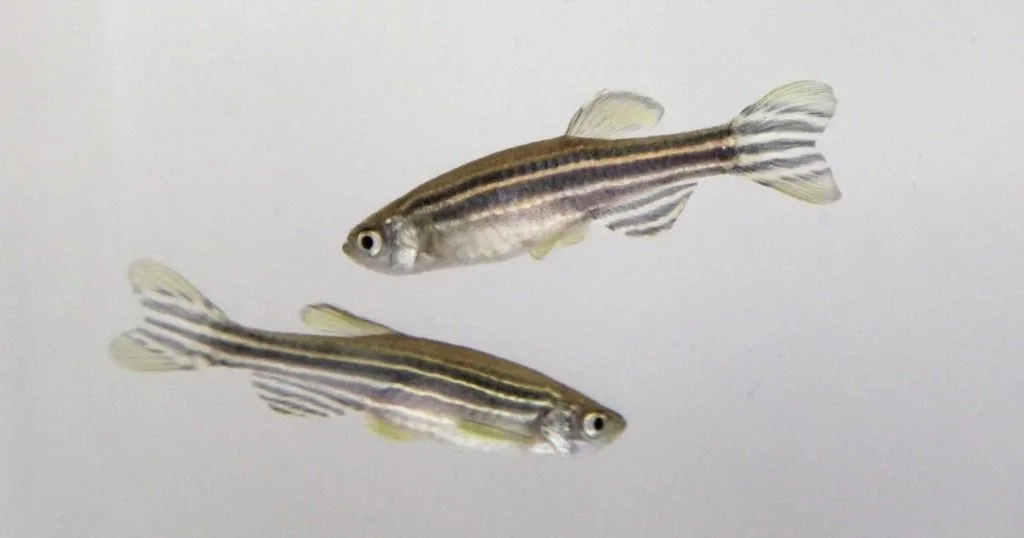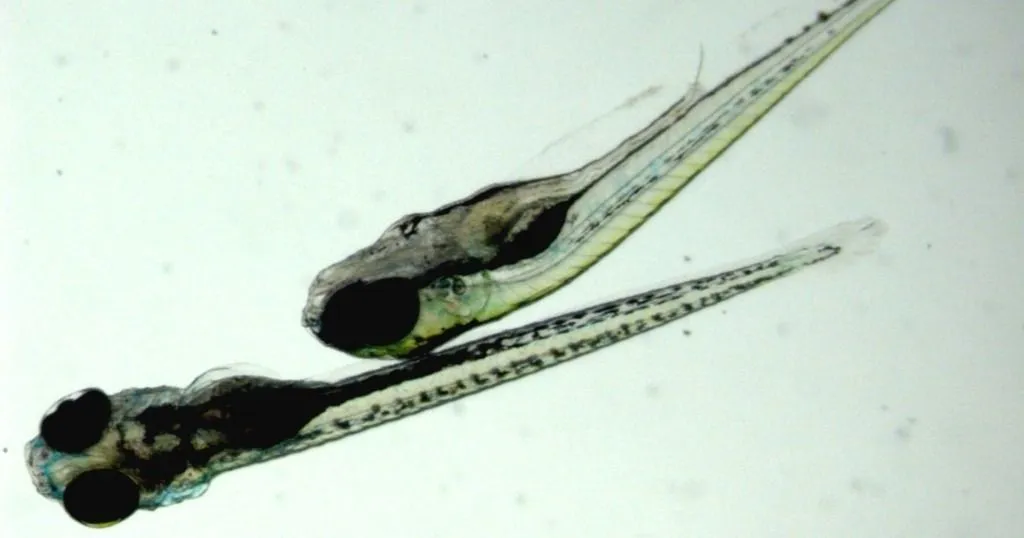A new zebrafish model for ALS-related gene mutations
How zebrafish are helping us to discover the mechanisms behind this neurodegenerative disease.
Posted by
Published on
Tue 05 Jun. 2018
Topics
| DanioScope | DanioVision | EthoVision XT | Zebrafish |

Amyotrophic lateral sclerosis, better known as ALS, is a neurodegenerative disease that leads to the demise of motor neurons. As a consequence, muscle movement control is lost.
ALS gene
The gene most strongly associated with ALS is a gene on chromosome 9, called C9orf72 Patients with ALS have shown large expansions within this gene, while healthy individuals only show small expansions. However, the mechanism in which this DNA repetition actually leads to symptoms of the disease is still largely unknown.
DNA repetitions causing symptoms of ALS
There are three main theories in this specific branch of ALS research. One is that because of these DNA repetitions, the gene is mutated and consequently unconventionally translated. This leads to the formation of proteins called DPRs, which can have a toxic effect on motor function. A recent study from Swaminathan et al., focused on this theory.
Toxic proteins
To put it briefly, the C9orf72 gene expansion can lead to five different DPR proteins, each having a different level of toxicity, which also depends on the length of the gene-expansion. While several studies have demonstrated the toxicity of these proteins, not much is known about the effect on motor function in a vertebrate model.
Zebrafish model of DPR proteins
In this study, the researchers investigated just that, and expressed three different lengths of DPR proteins in zebrafish. The short length reflected the situation in healthy individuals, while the intermediate and high repetitions represented disease. The effects on survival, morphology, and motor function were observed.
Coiling as a measure of locomotion in zebrafish embryos
To investigate motor function, the researchers studied coiling behavior in zebrafish embryos. DanioScope was used to measure coiling by determining the percentage of burst activity time.
The researchers also studied the swimming activity of larvae in 96-well plates in DanioVision and determined total distance swum with EthoVision XT.
In addition, DanioScope was used to acquire the heartbeat rates of larvae during three-minute videos.
Different proteins lead to different effects
The low repetitions did not really have an effect on locomotion or morphology. However, at intermediate lengths, the different types of DPR showed different effects. At high repetitions, all DPR variations led to locomotor deficits, even though not all DPRs were found to be toxic enough to have morphological effects.
GR toxicity
One specific DPR, abbreviated as GR, appeared to be most toxic, so the researchers developed a zebrafish line expressing this GR protein at 100 repetitions. General expression of GR lead to several developmental and behavioral defects. When these repetitions were limited to motor neurons, the effect seemed less toxic, but the affected phenotype persisted.
New therapeutic approaches
With this study, Swaminathan et al. shed more light on how different DPRs might contribute to the symptoms of ALS, which in the future might help to determine targets for new therapeutic approaches. This GR zebrafish line has the potential to aid in future studies on ALS mechanism and drug discovery projects.
Reference
Swaminathan, A.; Bouffard, M.; Liao, M.; Ryan, S.; Callister, J.B.; Pickering-Brown, S.M.; Armstrong, G.A.B.; Drapeau, P. (2018). Expression of C9orf72-related dipeptides impairs motor function in a vertebrate model. Human Molecular Genetics, 27(10), 1754-1762.
Related Posts

Breathe easy, a novel approach to monitoring respiratory activity in zebrafish

Tracking zebrafish activity to study a key element in circadian rhythmicity

